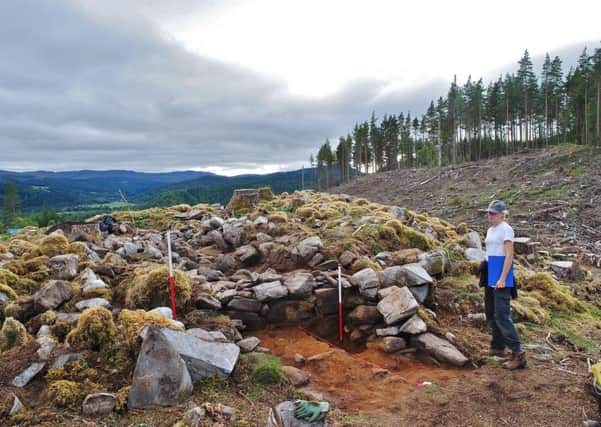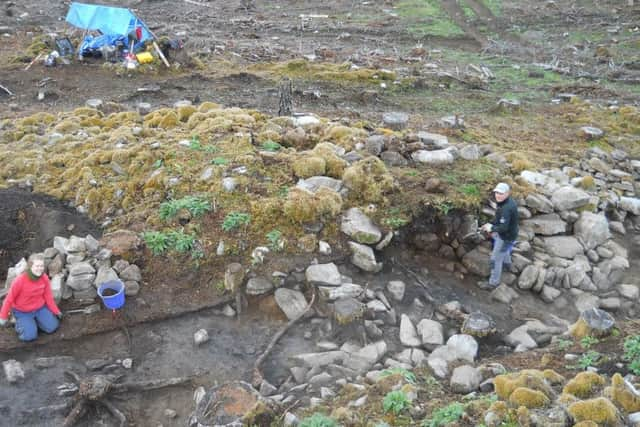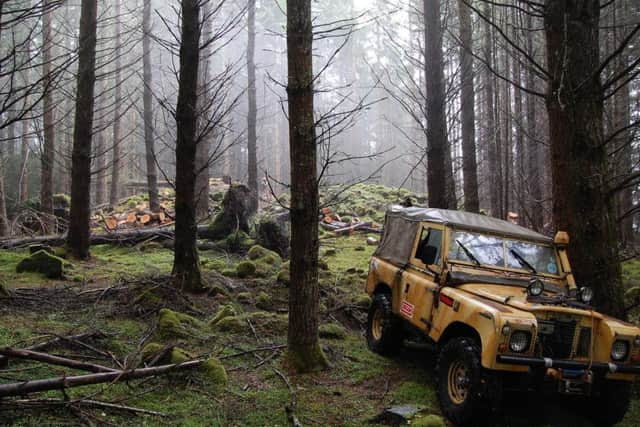Was this the site of an ancient Highland tribal gathering?


Ruins of an Iron Age dun-house have been uncovered on a hill in Comar Wood, Strathglass, which was first used around 2,400 years ago.
Evidence of four smaller buildings was found as well as remnants of an enclosure wall.


Advertisement
Hide AdAdvertisement
Hide AdA team from AOC Archaeology has been working at the site and archaeologists believe it may have been used by an ancient leader and served as a rallying point for local tribes.
Only a small number of items were recovered from the site, including a small piece of stone tool, suggesting that it was not permanently inhabited despite its prominent position.
Archaeologist Mary Peteranna, of AOC Archaeology, “It is a really large internal space, much bigger than a circular round house, and it stands on its own on a promontory in Strathglass.


“It would have been visible from quite a way off as it sits above the valley.
Advertisement
Hide AdAdvertisement
Hide Ad“We are looking at whether this was a domestic or ritual site and one interpretation is that is was used as a gathering point under the authority of some kind of tribal leader.”
The dun was used between the 4th and 2nd centuries BC and then again between the 1st century BC and 1st century AD, according to research by AOC Archaeology.
It is one of a number of duns and brochs known in the area and may have marked out a particular tribal territory.


The presence of the dun was brought to light again after forestry workers cleared the site with archaeologists then called in.
Advertisement
Hide AdAdvertisement
Hide AdThe structure may have been burnt down twice and rebuilt before finally being abandoned.
Ross and Cromarty Archaeological Services began the work at the site with AOC Archaeology joining the project in partnership with Steven Birch of West Coast Archaeological Services (WCAS).
Further funding will be required to return to the site.
